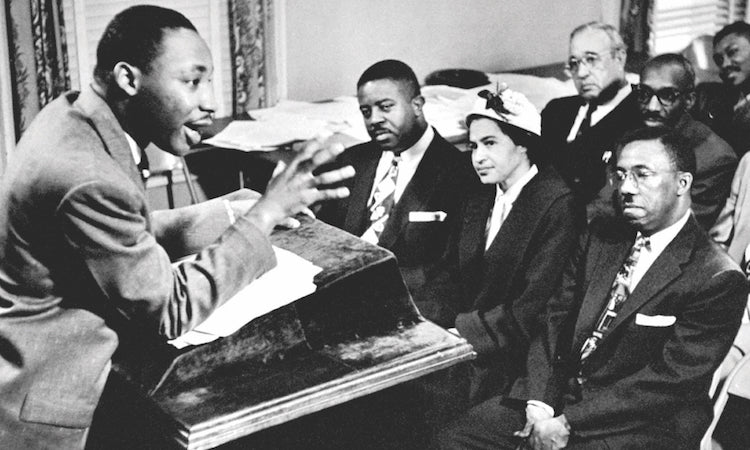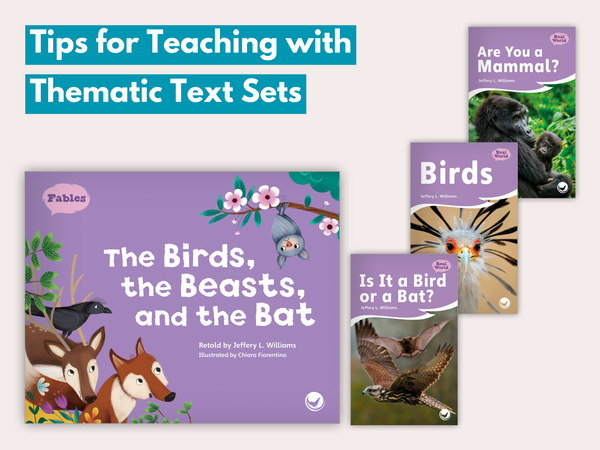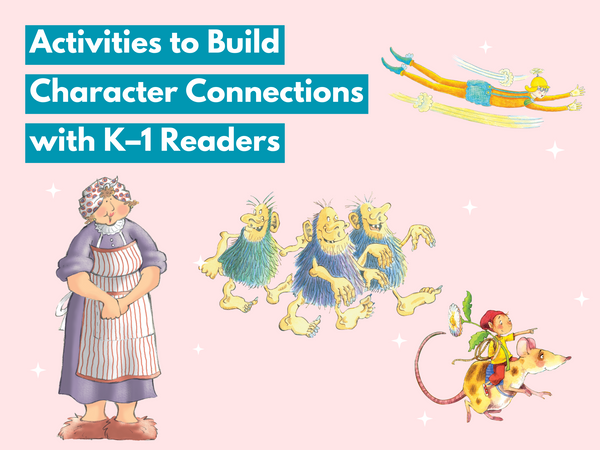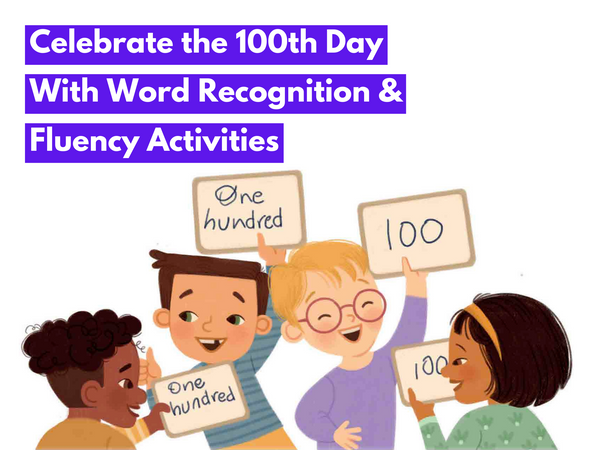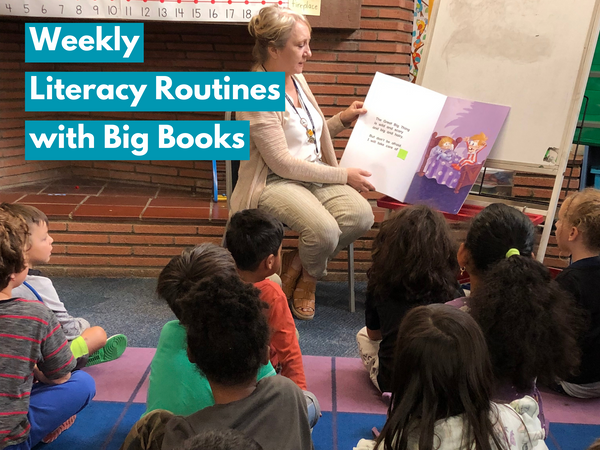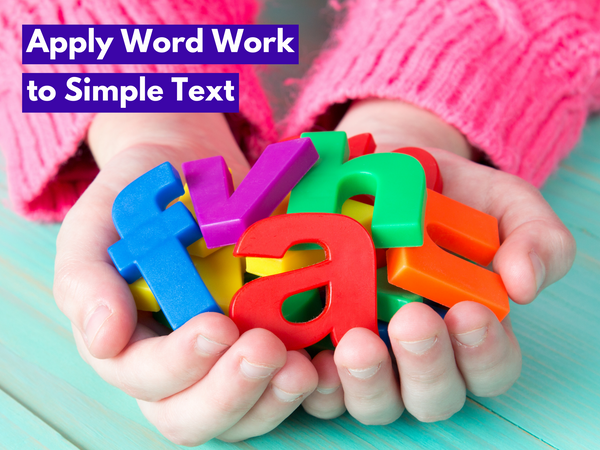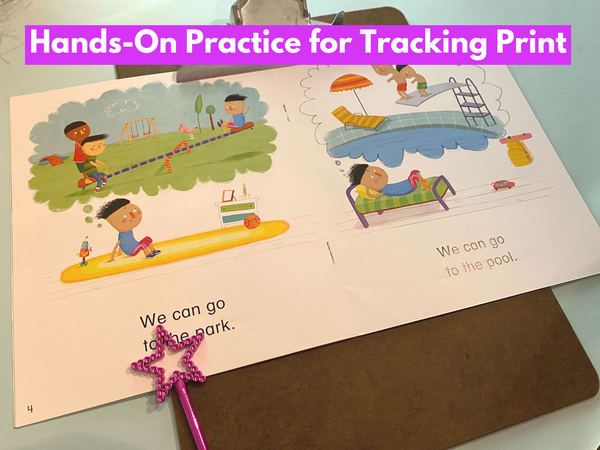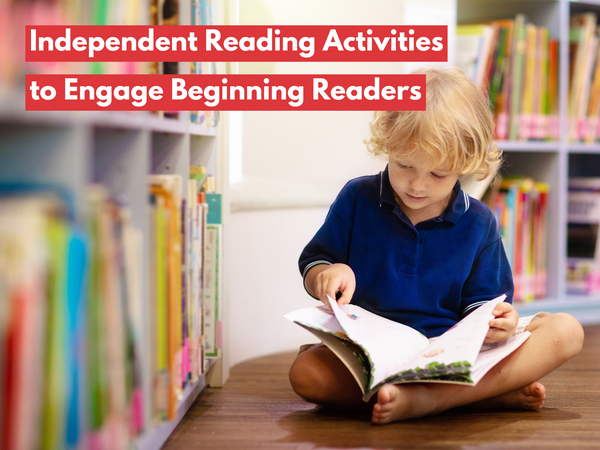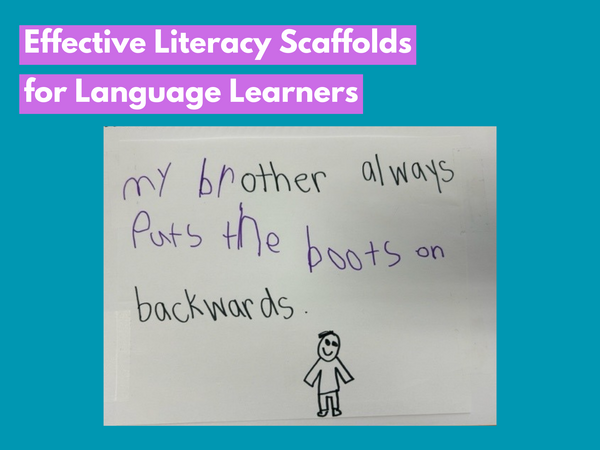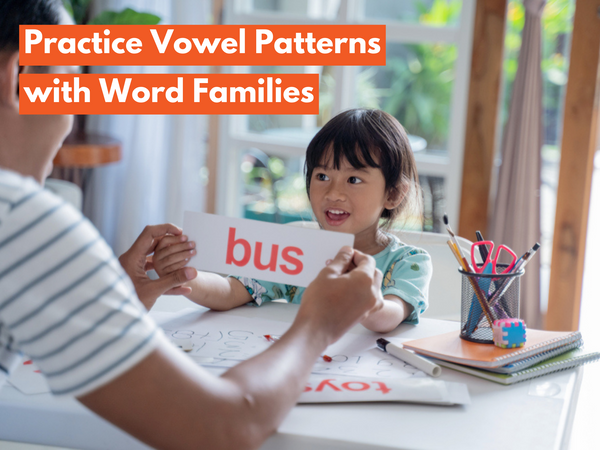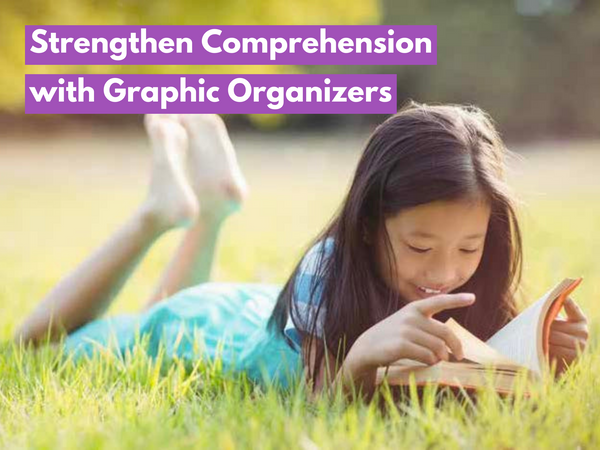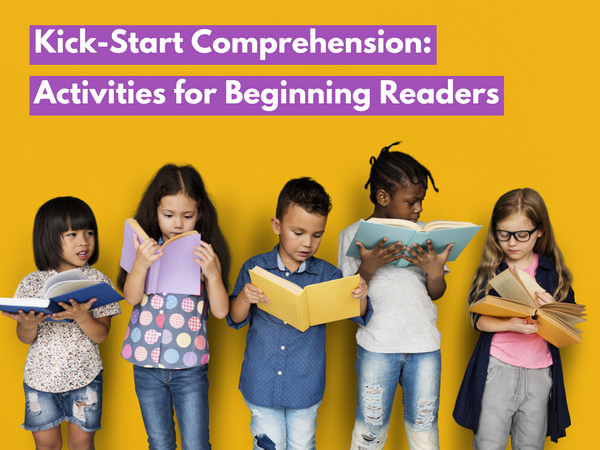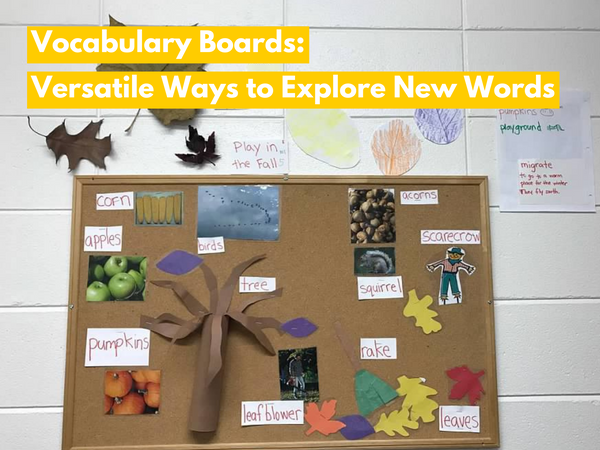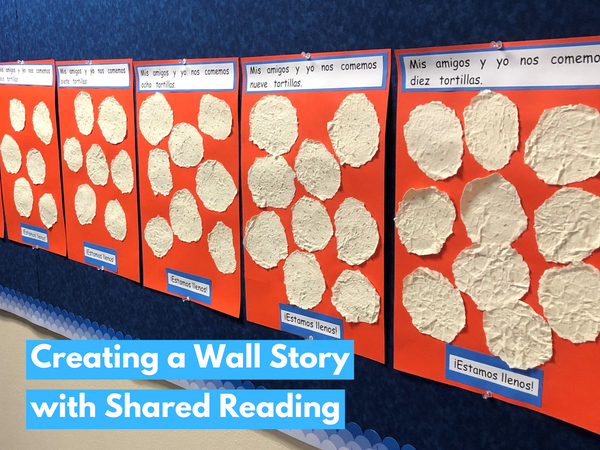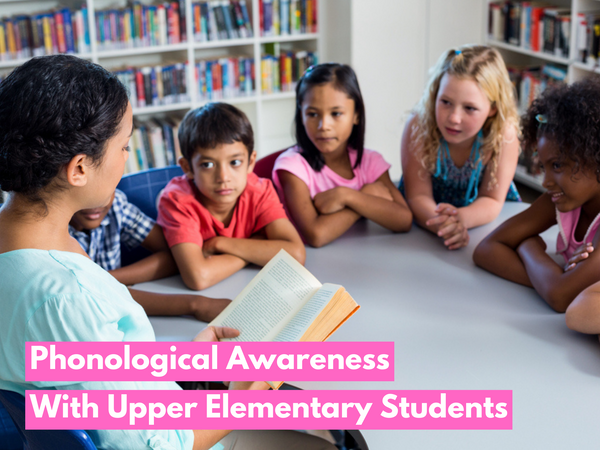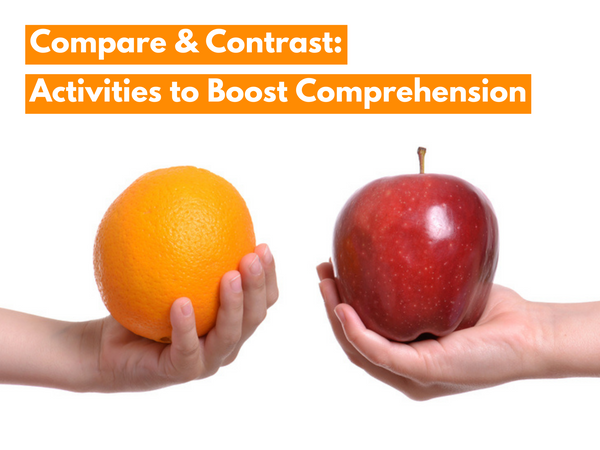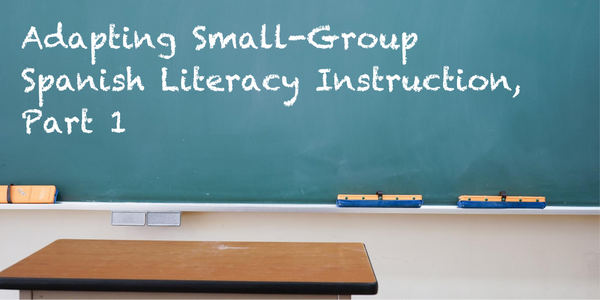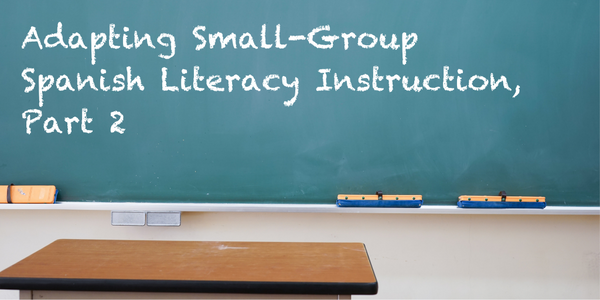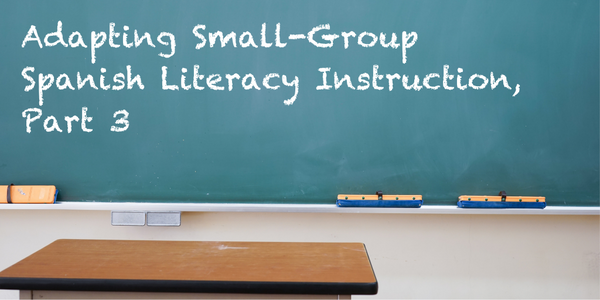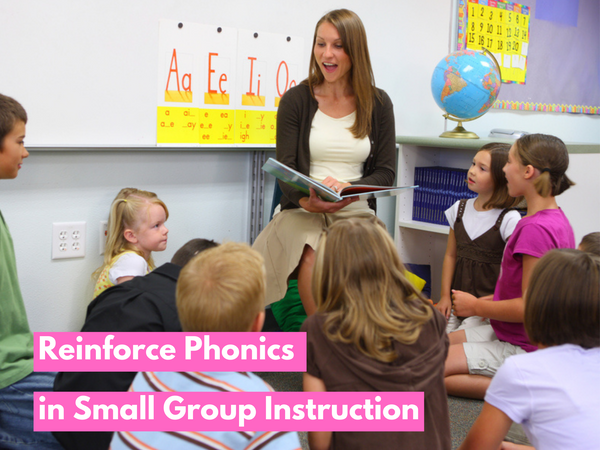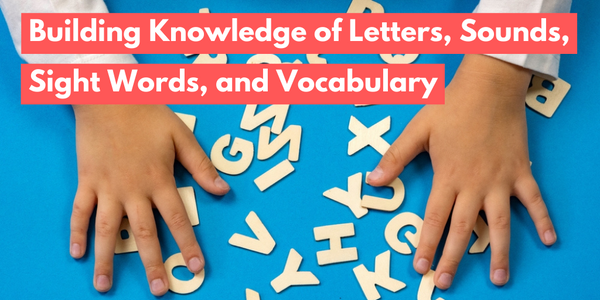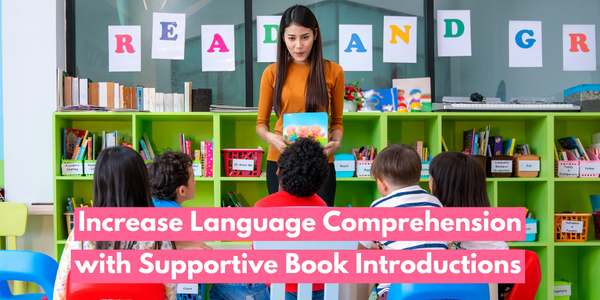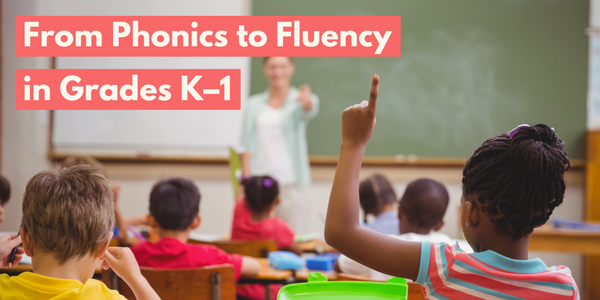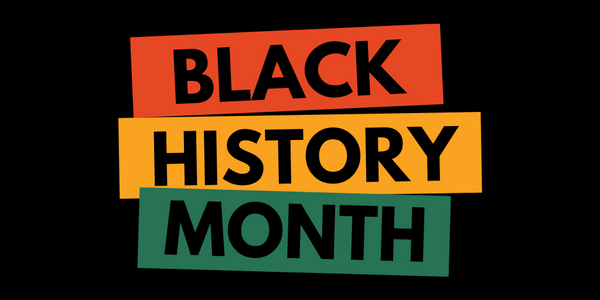By Dr. Geraldine Haggard, Reading Recovery Teacher Leader, Guest Blogger
If you're looking for ways to celebrate the impact of Dr. Martin Luther King Jr.'s dedication to civil rights in guided reading lessons, then you'll want to keep reading. In today's post, I'll describe how you can use the level P biography of Martin Luther King Jr. to practice literacy strategies with your struggling readers in upper-elementary grades and middle school.
Determining Meanings of Words and Phrases
Determining the meanings of words and phrases requires students to use context clues, words with multiple meanings, roots, affixes, and figurative language. An opportunity to encourage kids use context clues to find meaning can be found near the top of page 6 with the word creed . You can use the following script to help students understand the meaning of creed :
- Turn to page 6, find the word "creed", and then write it in your journal. We can read around this word to find a possible meaning. This is called using context clues. Find a word or phrase that you think might be a good definition and decide if that definition makes sense. Discuss with a partner and decide together if one of you has a possible definition. Raise your hand when you're ready to share.
- Listen to feedback from students and write their suggestions on the board.
- Now let's figure out how we can use these ideas to write one definition for "creed" in your journals.
Using nonfiction text features, such as the glossary, to determine the meanings of bold words in the text is another helpful skill that is presented on page 7. There are three words on this page that require students to consult the glossary if they don't know the meaning. Try the following script to help students consult a glossary when they run into an unfamiliar word:
-
 Does anyone know why there are words on page 7 that look different in the text?
Does anyone know why there are words on page 7 that look different in the text?
- If no one knows, explain that definitions for these words can be found in the glossary.
- Before you read this page, you need to know what the bold words mean. Write the words in your journal, and then work with a partner to look for definitions to these words in the glossary and copy the meanings next to the words in your journals.
- Move among the students and help anyone who is struggling.
- I like the way everyone is working together. Now let's read that page and substitute the word meanings for the words in heavy print. You can read along with me or listen carefully as I read.
- Model what you just described as you read aloud.
- Now let's discuss what the author was telling us. Who can share an idea of what the passage was saying?
- Listen to their ideas.
- Remember that any time you see a word in bold print, you can visit the glossary to find its definition to understand the meaning as we just did.
Using Specific Details to Describe a Character
Describing a character in a story by drawing upon specific details, thoughts, words, or actions is another Common Core reading standard. Try using the following script to improve this important reading skill among your struggling readers:
-
 As we read the beginning of chapter 3 on pages 12 and 13, we will think about what the text is really saying about Dr. King when he was young.
As we read the beginning of chapter 3 on pages 12 and 13, we will think about what the text is really saying about Dr. King when he was young.
- Read with your students as they do their first reading of this portion of text.
-
What did this paragraph say about Dr. King as a boy? After you have thought about what this paragraph tells us, write a sentence that shares that thought in your journal. I will ask some of you to share your thoughts.
-
Their responses may be different, but remind kids not to repeat what is in the text. They should be able to make inferences about how he learned to read or who they think taught him.
Determining the Theme of a Story from Details in a Text
It's important to help your struggling readers understand that a story may have several minor themes, but there is usually one main theme. Try the following script to help your students determine the theme that connects different parts of Martin Luther King Jr. .
-
 Now that we have read the biography of Martin Luther King Jr., let’s go to the table of contents page and look at the title of the chapters. How do we know what the chapters are about?
Now that we have read the biography of Martin Luther King Jr., let’s go to the table of contents page and look at the title of the chapters. How do we know what the chapters are about?
- Ask students to share.
-
Each chapter has a title that could be considered a chapter theme, but we need a theme for the entire book. Our theme cannot be a restating of one of the chapter themes. It must blend the chapter themes we see in the table of contents.
- Briefly direct students' attention to the front cover.
-
The author of the book has shared one central theme, which we can see on the front cover ("A Powerful Voice for Peaceful Change"). Sit in groups of three and talk about another possible theme for this nonfiction book. Remember it cannot be one fact because the main theme should tie different parts of the story together.
- Provide time for students to think and work together in their guided reading groups.
As you prepare to celebrate Martin Luther King Jr. Day with your class, be sure to think about how to help struggling readers with text types that will be rewarding for classroom instruction and independent reading. Martin Luther King Jr. is one of many chapter books in the Hameray Biography Series that struggling readers in upper-elementary grades and middle school can use to develop critical reading skills.
Be sure to return to our blog for more tips to help struggling readers leveled readers that can help struggling readers in higher grade levels.
 Dr. Geraldine Haggard is a retired teacher, Reading Recovery teacher leader, author, and university teacher. She spent thirty-seven years in the Plano, TX school system. She currently tutors, chairs a committee that gifts books to low-income students, and serves as a facilitator in a program for grieving children. If you like what you read here, you can enjoy
more from Dr. Haggard elsewhere on our blog
.
Dr. Geraldine Haggard is a retired teacher, Reading Recovery teacher leader, author, and university teacher. She spent thirty-seven years in the Plano, TX school system. She currently tutors, chairs a committee that gifts books to low-income students, and serves as a facilitator in a program for grieving children. If you like what you read here, you can enjoy
more from Dr. Haggard elsewhere on our blog
.



